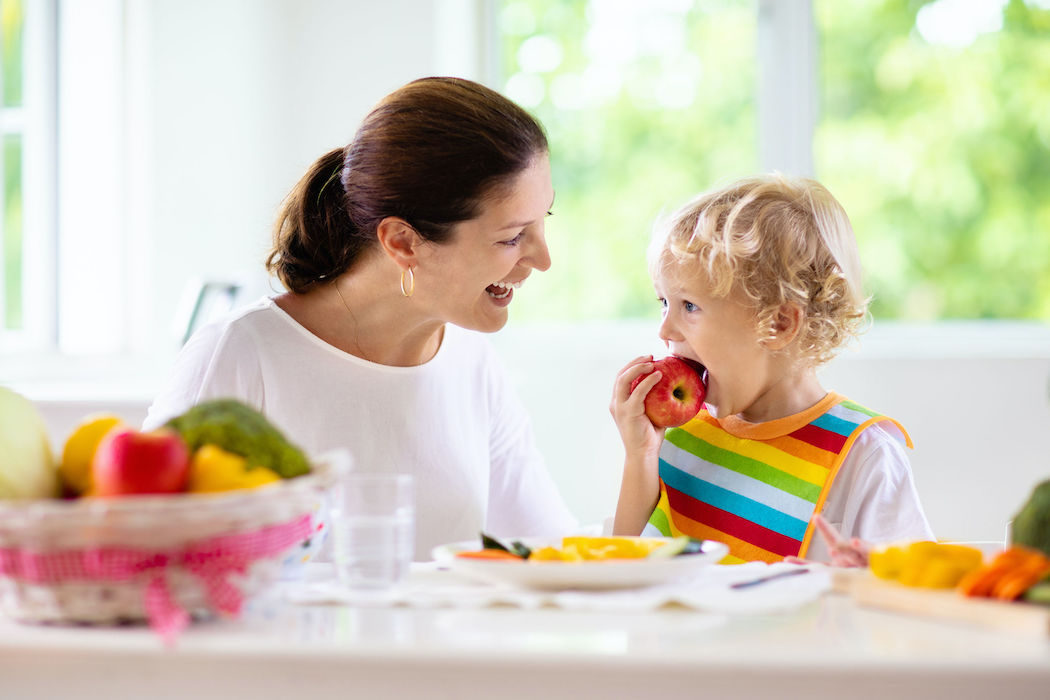SHARE THIS POST
By: Ms Faznim Fazil, Dietitian, Pantai Hospital Ampang (PHA)
 Q: Do you have some tips to get 4-5 year old kids to eat fruit and vegetables?
Q: Do you have some tips to get 4-5 year old kids to eat fruit and vegetables?
Answered by: Ms Faznim Fazil, Dietitian, Pantai Hospital Ampang (PHA)
Fruits and vegetables are good source of vitamins, minerals, dietary fibre and other yet unknown substances which are beneficial to health. Most children beyond age 4 require more than 2 servings of fruits and 2 serving of vegetables daily.
However, children tend to dislike vegetables because of the texture and because certain vegetables taste bland or bitter. Children who were not introduced to fruits and vegetables at the weaning stage also tend to refuse them. Children take time to develop a taste for foods, so if they refuse a fruit or vegetable once, try again another day.
Below are tips or suggestion to encourage the kids to eat fruits and vegetables:
Start with sweet taste or non-leafy vegetables
- As a start, try introducing vegetables like carrots, peas or beans, which have a sweeter taste compared to dark green-leafy vegetables such as sawi and kailan.
Go for vegetable variety, taste, and fun
- Try to choose vegetables of different shapes, colours, textures and tastes.
- The more variety there is, the more likely the kid finds something that he’s interested in eating. If serve new vegetables with food that he enjoys, the entire focus is the meal, not the new vegetables.
- Remember that taste matters. Some kids dislike bitter or strong flavoured vegetables so keep it simple by serving steamed broccoli or cauliflower.
- Vegetables like chopped spinach also have textures that are more easily accepted by the kids. Another trick is to blend, dice or cut vegetables into very small pieces and hide them in dishes where their colour can’t be seen eg casseroles or non-spicy curries.
- Try to cut fruits, vegetables into creative and fun shapes that may increase the kids’ interest in them.
Be creative and offer variety of fruits, presented in different ways.
- Try to serve fruits as they are, in cocktails or as desert e.g. fruit in jelly
- Make a delicious fruit smoothie with fresh fruit, milk, and yoghurt
- Add fruit to homemade cakes and muffins
- Serve fresh fruit skewers with yoghurt for a healthy, colourful snack
- Offer fresh fruits with dipping sauce e.g. strawberries with chocolate dipping sauce
Let the kids involved in planning and cooking family meals.
- If the kids involved in planning and cooking family meals with vegetables, they are more likely to want to eat the vegetables that they helped to prepare.
- Take the kids to the local markets and let them choose fruits for the week.
Use praise when the kids try vegetables.
- Try to praise the kids each time they eat or try vegetables, they are more likely to eat vegetables again. Praise works best when we tell the kids exactly what they did well.
- Avoid punishment if the kids refuse to eat vegetables. Punishing the kids for not eating vegetables can turn vegetables into a negative thing for the kids. If the kids refuse to eat, it’s best to take their meal away after about 20 minutes. Try not to make a big deal about it – just try again another time.
Lead by a good example.
- Kids have a natural tendency to imitate so be a good example of healthy eating. If we want the kids to have a piece of fruit for a snack, we should do the same. And if we are eating vegetables at dinner, the kids are likely to take notice and do the same (maybe not immediately).














